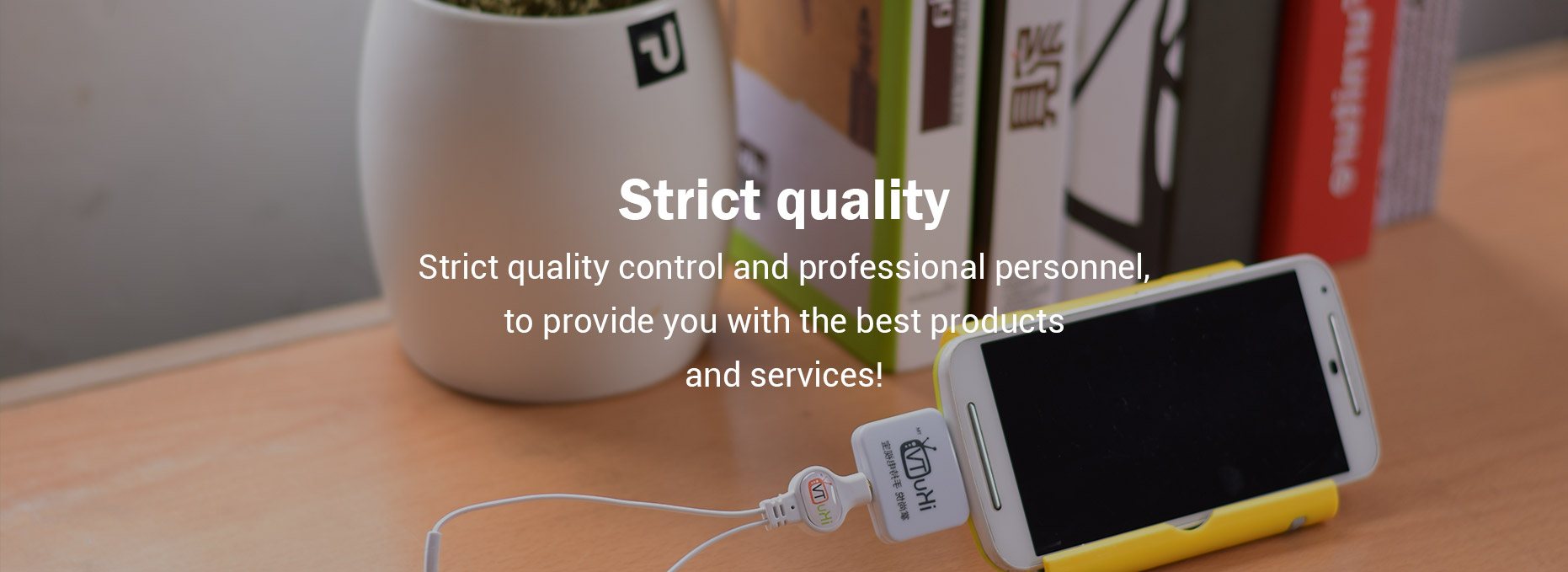HDPE Dredging Pipes vs PVC: Which Is Better for Marine Use?
Choosing the right piping material is critical in marine and dredging applications, where harsh environmental conditions and performance demands are high. Among the most commonly considered materials are HDPE (High-Density Polyethylene) and PVC (Polyvinyl Chloride). Both have unique strengths, but when it comes to marine use—especially in dredging—there are important differences that can impact project efficiency, durability, and cost. This article compares HDPE dredging pipes and PVC pipes across key performance indicators to help B2B professionals make an informed choice.
Application and Suitability in Marine Environments
HDPE Dredging Pipes
HDPE pipes are specifically engineered for high-abrasion environments like dredging and marine construction. Their resistance to saltwater corrosion, marine organisms, and UV exposure makes them ideal for floating and submerged pipelines in oceans, rivers, and coastal zones.
PVC Pipes
PVC is commonly used in freshwater plumbing, drainage, and low-pressure systems. In marine use, its rigidity and lower resistance to UV and impact limit its effectiveness, especially in dynamic or abrasive environments like dredging.
Comparison
HDPE is the preferred material for marine dredging due to its flexibility, impact resistance, and durability in saltwater. PVC, while suitable for controlled environments, lacks the toughness needed for open marine applications.
Target User Groups
HDPE pipes are widely used by marine contractors, dredging companies, and offshore engineers who require long-term durability and low maintenance. PVC is more commonly found in municipal or light-duty marine applications such as dockside water lines or temporary water systems.
Performance and Durability
HDPE Pipes
HDPE is known for its excellent abrasion and chemical resistance. It can tolerate aggressive slurries, shifting seabeds, and impacts from floating debris. The flexibility of HDPE also allows it to absorb stress without cracking.
PVC Pipes
PVC performs well in low-impact applications but becomes brittle over time, especially with prolonged UV exposure or temperature fluctuations. It is less suited for abrasive materials or high-pressure dredging operations.
Comparison
In terms of long-term durability and performance in dynamic marine environments, HDPE outperforms PVC. While PVC may last 15–25 years in mild marine conditions, HDPE can last 30–50 years with minimal degradation.
Installation and Handling
HDPE Pipes
HDPE is lightweight and flexible, making it easy to transport and install, especially in floating pipeline configurations. It can be connected using fusion welding, flanges, or couplings, providing leak-free joints.
PVC Pipes
PVC is rigid and heavier in comparison, requiring more support during installation. Joints are usually solvent-welded or gasketed, which can be prone to leaks under stress or pressure fluctuations.
Comparison
HDPE offers simpler, more reliable installation options for marine projects, especially where long continuous pipelines or movement with tides and currents is expected. PVC's rigid nature increases installation complexity in such scenarios.
Cost and Economic Value
At first glance, PVC pipes may appear more affordable, with lower material costs per meter. However, HDPE offers superior lifecycle value due to reduced maintenance, fewer failures, and lower replacement frequency.
For example, a 400mm HDPE pipe may cost 20–30% more than a comparable PVC pipe, but in a marine environment where repairs are costly and time-consuming, HDPE's durability quickly justifies the investment.
Usage Scenarios
HDPE Dredging Pipes: Used in offshore dredging lines, floating slurry pipelines, and subaqueous pipeline systems requiring flexibility and resistance to aggressive environments.
PVC Pipes: Suitable for dockside utilities, temporary drainage, and low-impact water transport in controlled marine areas.
Advantages and Disadvantages
| Feature | HDPE Dredging Pipes | PVC Pipes |
|---|---|---|
| Marine Suitability | Excellent | Limited |
| Corrosion Resistance | High | Moderate |
| UV Resistance | Strong (with additives) | Poor |
| Flexibility | High | Low |
| Installation | Easy and flexible | Rigid and more complex |
| Lifespan in Marine Use | 30–50 years | 15–25 years |
Conclusion: Which Is Better for Marine Use?
While both HDPE and PVC pipes have roles in fluid transport, HDPE is clearly better suited for marine and dredging applications. Its superior durability, corrosion resistance, and flexibility provide a significant advantage in demanding underwater environments.
PVC remains a cost-effective option for light-duty or temporary use, particularly in non-abrasive, low-pressure settings. However, for B2B marine contractors and infrastructure planners looking for long-term performance, HDPE pipes for dredging deliver greater value and reliability.
In summary, if your project involves high abrasion, salinity, or dynamic environmental forces, HDPE is the more reliable and longer-lasting solution.




Comments